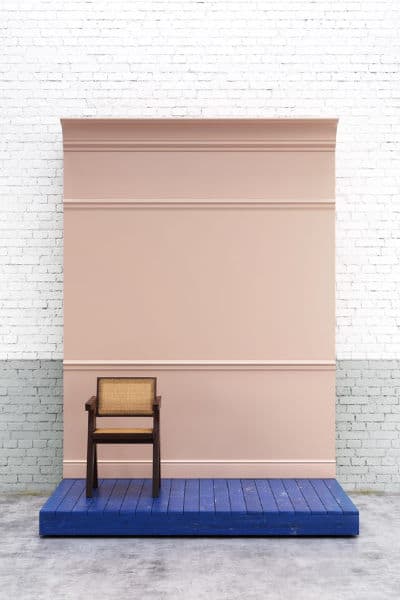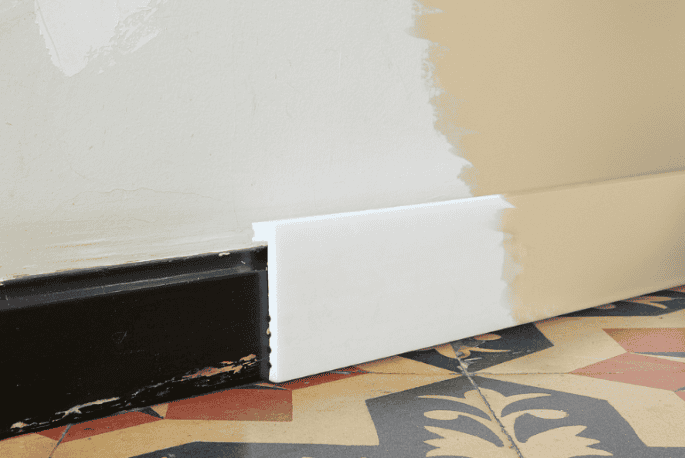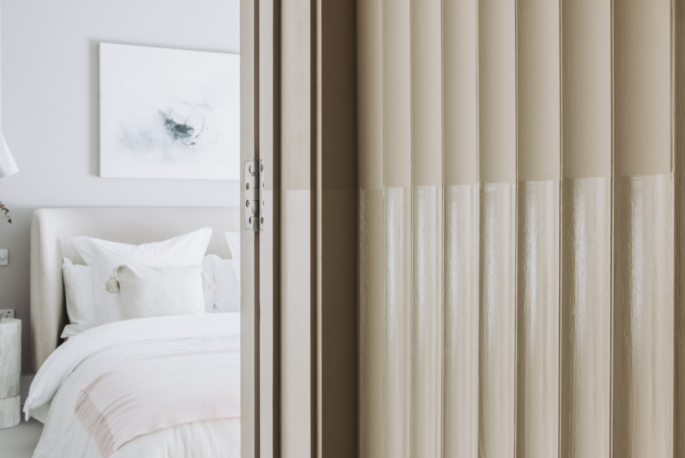Where to Start with Wall Panelling?
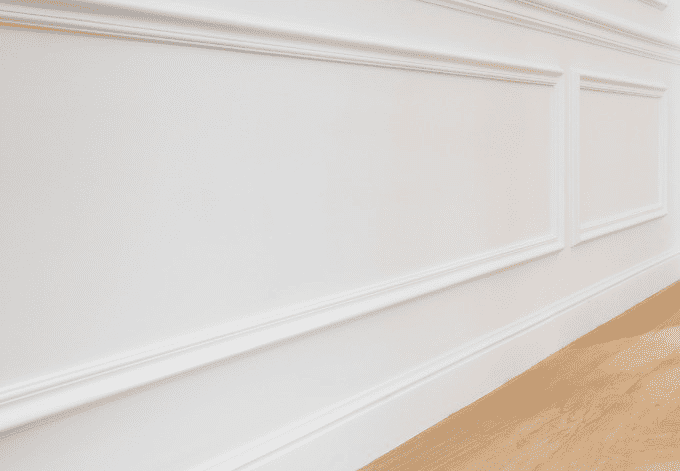
The Wall Panelling shape usually reflects the shape of the room. For example, a living room may have longer and wider rectangles, whereas a hallway or porch would usually have squares or taller panels. Below are the 4 main types of panelling you can create with the panel mouldings, but from there, the options are infinite, and the choices endless!
A Simple Dado System
A simple dado system is one of the most popular styles that we see used, mostly in homes built in the Edwardian and Victorian era. It consists of a tall skirting board, a high running dado rail, (approx. 900 to even 1200mm above ground floor!), as well as a picture rail at the top of the room, usually 200 to 400mm below a larger than usual cornice.
In more modern times, the cornice of the early last century is the cost effective C-Shaped coving, but its spirit lives on in the Premier Cornice 11, Premier Cornice 73 and Premier Cornice 70.
Simple dado rail systems are classic, and for good reason, too – they’re a truly timeless design.
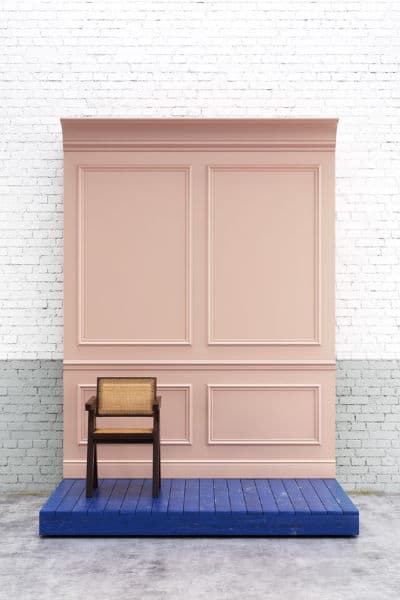 London Panelling
London Panelling
London style wall panelling originates from the 1800’s country style pubs.
It features large panels above and below a large dado rail. Dado rails were traditionally used to protect the walls from becoming damaged by the chairs in the pubs. Over a century later, they make a comeback as a decorative feature, to add style to your home.
Now you can create your very own designs and styles, with panel mouldings. An often combined pair is our Premier Railing 2 for the wall panels and Premier Railing 6 for the dado railing, since they share the same shape.
Generally, a dado rail is run no higher than a third of the way up the wall, but as a useful tip to make the room look bigger, if you run the dado rail slightly lower than usual, this can make the room look larger and taller!
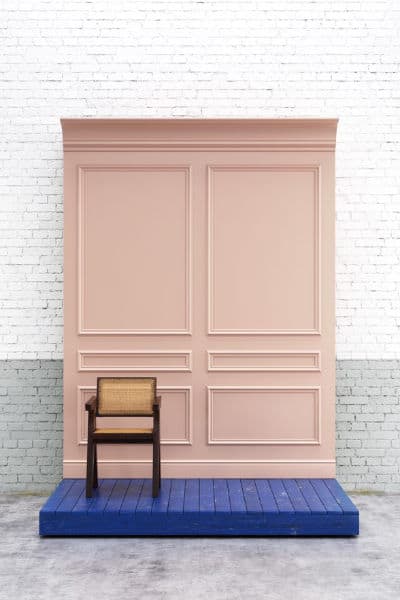 French Panelling
French Panelling
French panelling. Panelling reached its peak in the early Georgian era, most of all in France, where palaces were decorated to the highest standard possible.
In the wake of the French revolution in 1789, there were significant technological advancements in the design and architecture of palaces. Not only were these palaces perfectly decorated on the outside but on the inside wall panelling became less detailed in design and there was a change in design resulting in the repeated rectangles we see today.
Why not try our symmetrical profiles such as the Classic Railing 30 or the Classic Railing 33 to create the stunning French Panelling style. To create this style, you normally have the largest panel being three times the size of the medium sized panel, and the medium panel being three times the size of the smallest panel. The all you will need to finish off is a cornice and a skirting board.
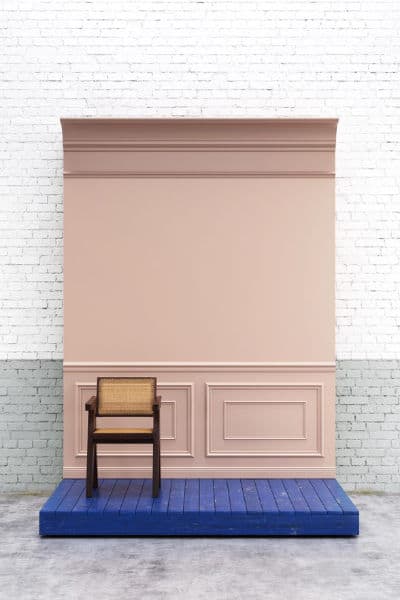 Contemporary Panelling
Contemporary Panelling
As panelling comes more into fashion, it’s becoming more common to have panels set within panels, this creates a more interesting look with increased depth in your décor.
If you are wanting to know where to start, Try using the Classic Railing 16 as a starting point, with the Classic Railing 18 as a smaller railing.
If using a smaller panel moulding within, try using a smaller skirting board that’s only slightly larger than the dado rail.
Other options can be used, but as there’s no set right or wrong way to design panelling, it’s down to what you like best and what works with the room.
If you’d like to know more, please drop us an email or give us a call, we’re here to help!
